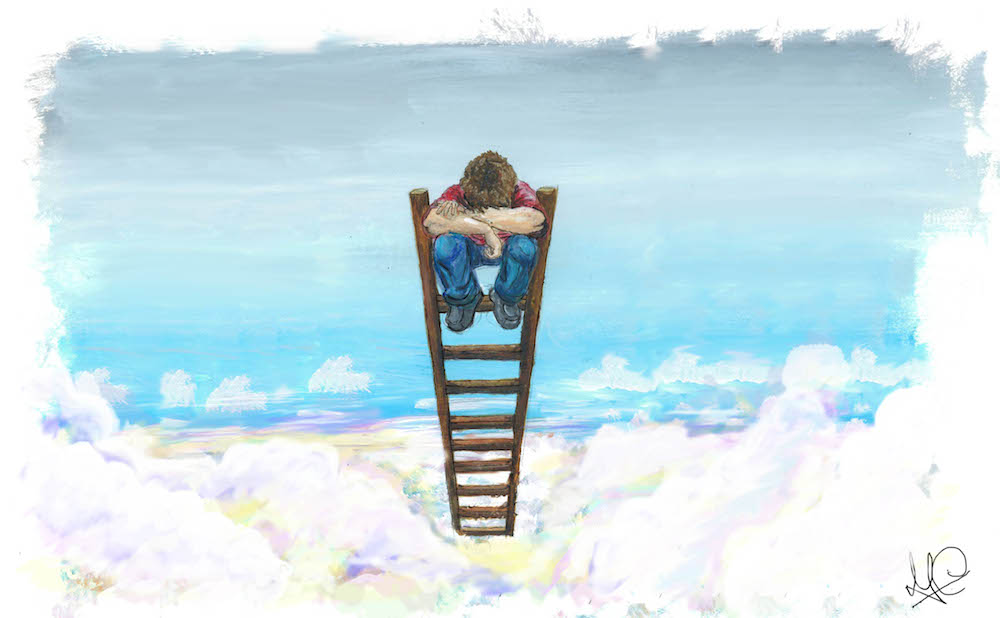Ciar McCormick | Deputy Opinions Editor
There is a growing class of people. They live a nomadic existence. They have temporary jobs and zero hour contracts. Their labour is transitory. They are doing an internship without a definite job at the end. These workers are suffering from the increased casualization of work. They find it difficult to build a career. They barely make a living wage from the work they do.
This class of people are growing in size but not influence. They are not a class, strictly in a Marxist sense, yet as they are divided, and can only be united in fears and insecurities. They do precarious work. They are the precariat.
The term precariat was first coined in the 1980’s in France to describe temporary and seasonal workers. The word is an amalgamation of precarious and proletariat. It can be defined as workers who exist without predictability and security. The precariat lacks all aspects of social security.
It is becoming more common that youths finishing third level education are forced into precarious work, either through unpaid internships or through low-security entry positions
Guy Standing, an economist and professor of Development Studies at SOAS in the University of London, has written seriously about the topic of precarious work. His book The Precariat: The New Dangerous Class describes precarious workers as “an agglomerate of several different social groups, notably immigrants, young educated people, and those who have fallen out of the old-style industrial working class”. He provides greater analysis of their place in society by calling them by the name of “Denizens: people with restricted rights, largely living towards the bottom of a ‘tiered membership’ model of society.”
The traditional working class is based around fixed workplaces and a working day. Precarious workers don’t have these luxuries, so they cannot reap the benefits that organised labour movements made in the twentieth century. There is no union for a temporary employee.
The precariat are a consequence of the neo-liberal economic model, a result of increasingly flexible labour markets due to globalisation. This flexibility has four elements: flexibility of wage means a race to the bottom in regard to wages in the labour market, flexibility of employment makes it easy for firms to change employees, job flexibility gives firms easy manoeuvrability to internally change an employee’s job within the company, and flexibility of skill makes it easy for firms to adjust workers’ skills through internal education. This flexibility only benefits companies. The flexibility of the labour market thrusts the transferring risks and insecurity of the labour market from companies to the workers.
This precariat class is closer to home than you may think. Precarious work is not only done by manual labourers but is becoming increasingly common in both blue and white collar workplaces. This new class of the precariat transcends the traditional class division of bourgeois and proletariat. It is becoming more common that youths finishing third level education are being forced into precarious work, either through unpaid internships or through low-security entry positions.
Precarious workers don’t have these luxuries, so they cannot reap the benefits that organised labour movements made in the twentieth century.
Academia is another new frontier for precarious work. 3rd Level Workplace Watch, a watchdog group, claims that teaching assistants, tutors, junior lecturers and researchers are all vulnerable to exploitation by universities in Ireland, such as our own Trinity College, due to the precarious element of the work provided. TLWW note that permanent jobs at University level are increasingly disappearing in favour of low-paid, temporary employment. Temporary work comes without security, proper remuneration or benefits, and renders invisible this labour that the university relies on to function. These precarious employees often teach core modules in departments or can be the essential members of research projects. There appears to be a paradox between the critical thinking and liberal egalitarian views that universities profess and the exploitation of postgraduate students who do a majority of the day-to-day work for a tiny income.
Precarious workers are growing a collective consciousness of common vulnerability. We can go one step further, by standing together against this precarious cliff, calling for a better future.
The development of this new class does have a silver lining though. It can re-invigorate the political left in a new way, forcing it to branch out from the old traditional unions. At the same time, it can draw on the roots of these labour movements to provide this new class of workers with the dignity they deserve. This will allow for a refreshed left that doesn’t yearn for a lost past but embraces the future, one that can fight for security beyond the workplace. Perhaps a basic citizen income? That’s what Guy Standing suggests. Every progressive movement is built on the anger, needs and aspirations of a major class. The left must embrace this emerging class of precarious workers to reassert itself on the political stage.
A progressive agenda has already been started by organisations such as the We’re Not Leaving movement, which has engaged with the idea of precarious work. There has also been commendable work done in the United States to set up the International Workers of the World or the Wobblies, who were “founded to organise the workers not the job.”
Students and staff alike should recognise the dangerous future precarious work can bring, and should be self-aware of whether they have slipped into this class. The precariat are already beginning to mobilise, but solidarity involves collective action. Precarious workers are growing a collective consciousness of common vulnerability. We can go one step further, by standing together against this precarious cliff, calling for a better future.
Illustration by Mary Corbally for The University Times






